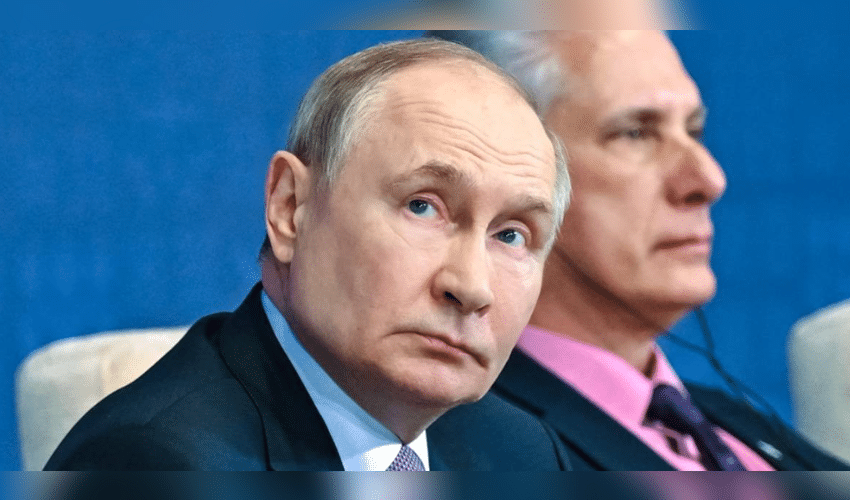World
After the NATO summit, tensions remain between Trump and Europe regarding Putin's intentions.

U.S. President Donald Trump views Vladimir Putin as a leader looking for a way out of his prolonged and bloody war in Ukraine. But NATO Secretary General Mark Rutte sees things differently — warning that Putin may be preparing for more aggression, not less. At the NATO summit on June 24, Rutte cautioned that without significant investment in defense, Russia could attack a NATO member within three years.
By most accounts, the NATO summit in The Hague went well. Member nations largely supported the U.S. proposal to raise defense spending to 5% of GDP. Trump, who once criticized NATO as a “rip-off,” praised the alliance this time, and even shared a surprisingly friendly dynamic with Rutte, who likened Trump to a strict but guiding “father figure” in global politics.
Despite the camaraderie, the summit also underscored growing differences between the U.S. and European nations over how to interpret Russia’s military aims. Even with some U.S. Republican lawmakers recently taking a tougher stance on Putin, Trump continues to believe that the Russian president wants to end the war swiftly due to mounting losses.
Speaking at a press conference on Wednesday, Trump admitted that Putin might have plans beyond Ukraine, but reiterated his belief that Putin is eager to end the war. “He’d like to settle… It’s a mess for him,” Trump said. Secretary of State Marco Rubio echoed this perspective, stating that the U.S. was holding back further sanctions to keep diplomatic channels open. "If we hit them harder now, we might lose the chance to negotiate a ceasefire," he told Politico. In contrast, NATO officials offered a far bleaker assessment. One senior official said Russia had no real interest in peace talks and emphasized that Putin’s ambitions go beyond capturing territory — he wants to extend his political influence over neighboring countries. Rutte issued a stark warning: unless NATO boosts its military readiness, Russia might strike within a few years. “If we do not invest now,” he said, “we are really at risk.”
Not all NATO members see Russia as an immediate threat. Hungarian Prime Minister Viktor Orban, a close Trump ally, claimed that Russia wasn’t strong enough to pose serious danger to NATO. Still, U.S. policy remains central to NATO strategy. While a NATO official denied there was internal disagreement, pointing to a joint declaration citing Russia as a long-term threat, the lack of alignment on Putin’s true goals raises concerns about future diplomatic efforts. Russian officials, for their part, dismissed NATO’s stance. Foreign Ministry spokesperson Maria Zakharova criticized the alliance for using the “manufactured” Russian threat as justification for increased defense spending.
Analysts warn that this division in NATO could hinder efforts to end the war. Philippe Dickinson, a former British diplomat, noted that peace negotiations would require unity among allies. “Trump and Putin can’t strike a deal on their own,” he said. “Europe must be part of the conversation.” While European leaders may still hope to influence Trump’s view of Russia, Dickinson suggested they avoided challenging him during the summit to maintain harmony. But that harmony came at a price — the summit lacked serious discussion on Russia and Ukraine. “The absence of a clear Russia strategy,” Dickinson concluded, “was the summit’s most obvious shortcoming.”



